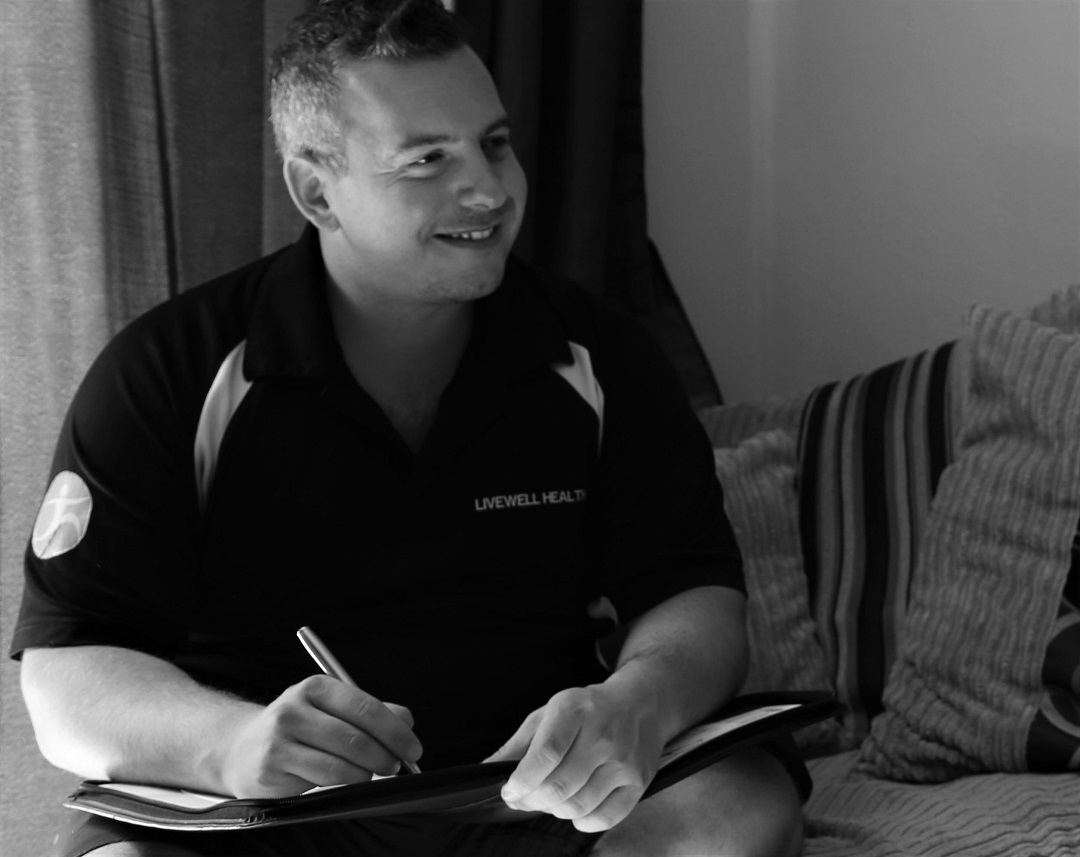Why rest isn’t always the best?
Overview
Most often when attaining a soft tissue injury, the acronym RICE (rest, ice, compression, and elevation) was advised to reduce blood flow to the affected area, and ease symptoms. However, resting an acute injury is becoming less evident, due to risk of re-injury increasing when returning to sport or activity, where tissues exceed their capacity. Instead, optimally loading the injured area to a tolerable degree, through isometric or range of motion exercises, could reduce recovery time and the risk of re-injury.
Resting as a Deconditioning Factor
After attaining an injury, the natural thought is directed towards resting the injured limb, allowing symptoms to ease. However, the reduction in physical activity also decreases the tissue capacity, making the body’s capacity to handle the load of sport or exercise programme difficult. As such, the risk of re-injury increases upon returning to sport. A sensible approach after attaining an acute injury, is to not completely rest after the occurrence, and instead maintain strength and range of motion through light exercises and avoid certain sports or activities that trigger pain. Before returning to sport, adequate time of recovery is essential to avoid exceeding the body’s capacity and risk another injury.
The Cross Over Effect
As for injuries that require rest, such as fractures, training the rest of the body can help overall recovery time and return to sport at a quicker and easier rate. Newer studies have also found a “cross over effect” whereby training the opposing and uninjured limb (contralateral strength training), can increase strength in the injured side, of up to 39%. Essentially, training the healthy side helps reduce muscle atrophy and instead increase strength, making return to sport easier and recovery time quicker.
End Message
Resting is often perceived as a sensible approach and is recommended after an injury. However, strengthening the injured area to what it can tolerate, as soon as possible can speed up recovery, and maintain conditioning of the body, that is important to avoid re-injury occurrence when returning to sport or activity. Newer research has also proposed contralateral strength training (strengthening the uninjured side), to increase strength on the resting side of the body. The key is to not completely rest, and instead maintain strength of the body for a gradual return to full recovery.


